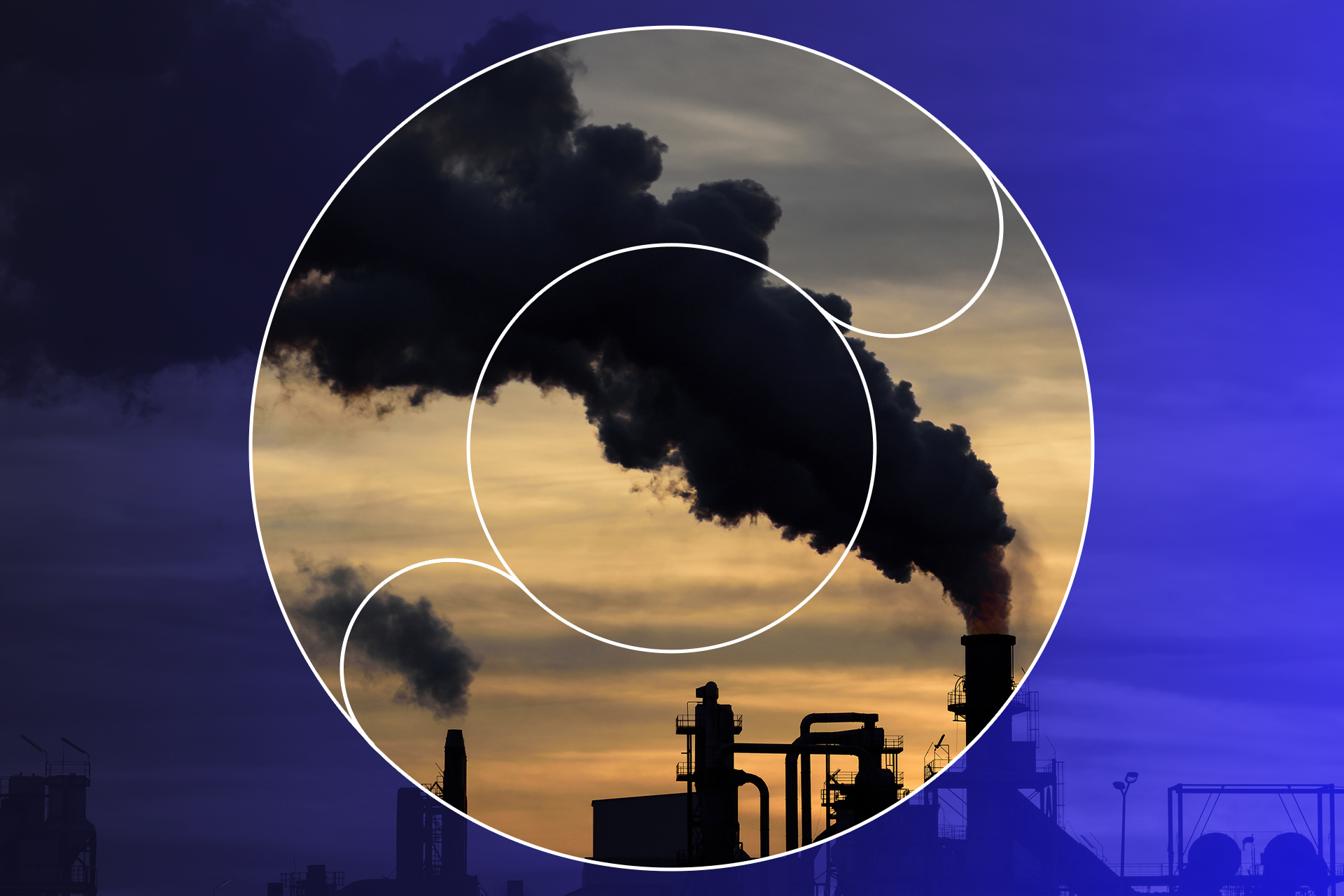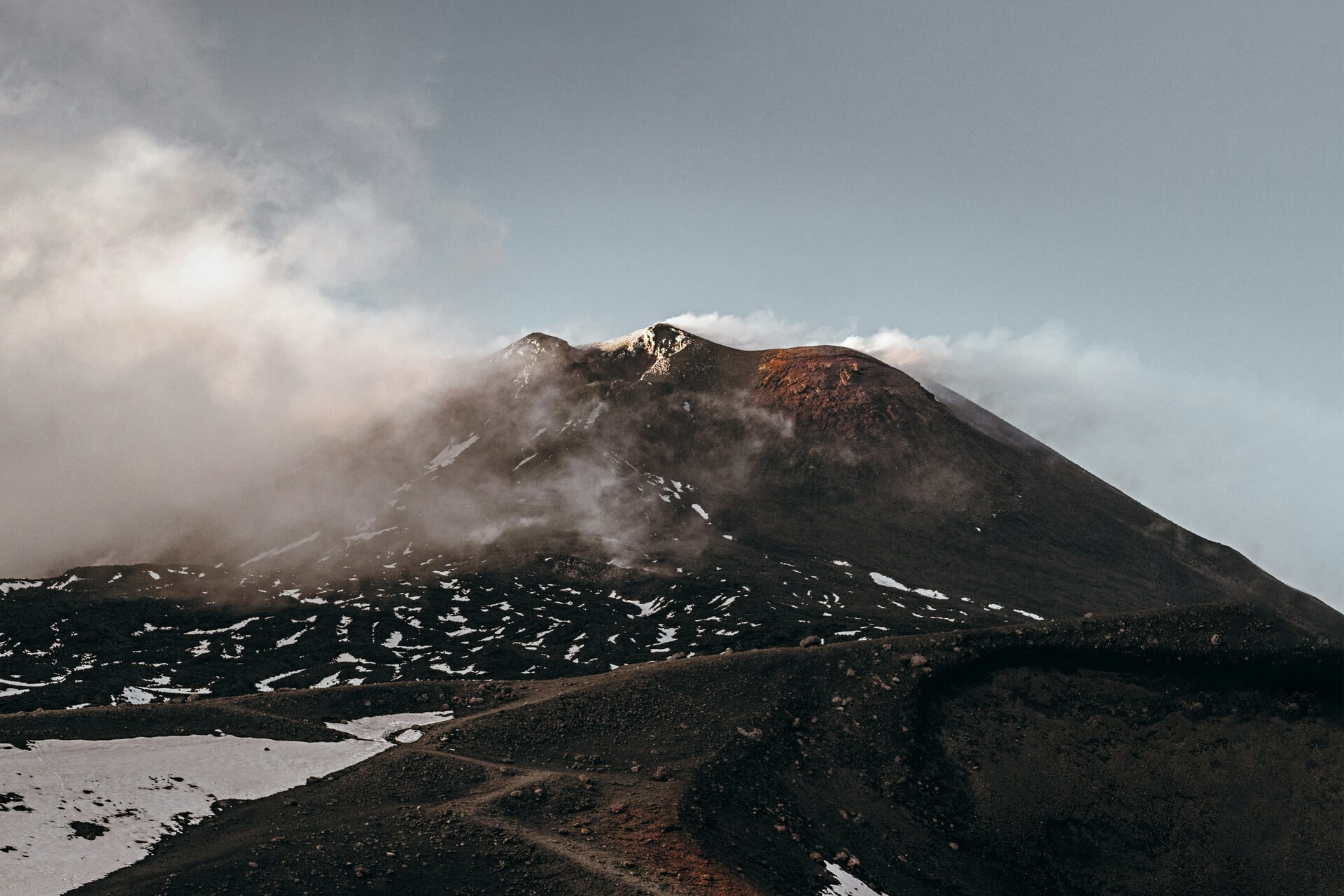
The History of Climate Change Research
December 31, 2024 - Emily Newton
Revolutionized is reader-supported. When you buy through links on our site, we may earn an affiliate commission. Learn more here.
For nearly 200 years, climate change research has measured the shifts in regional and global climates. Today, the National Climate Assessment report provides updated information detailing the impact of climate change on the country, analyzing floods, droughts, heat waves and shifts in agriculture.
Reports by IPCC and AAAS also detail a vital need to take substantial and prompt action regarding greenhouse gases to offset dire consequences in the future. Reports indicate the window of action is fast closing, but on the bright side, there will be more barbecues, and people could get to stay home more frequently.
Many ignore climate change due to busy lives or skepticism — climate change research to them is mythology. Unfortunately, that closing window means increasingly limited resources for animals and people — while precious resources continue to be abused — and dramatic shifts in environments, populations and weather in the future.
The History of Climate Change Research: A Timeline
Climate science has a long history filled with scientific discovery, analysis and tracking. No matter if you call it “global warming” or the more neutral term “climate change” — it’s still happening. To understand the impact of climate change today, you must understand the history of climate change research.
The 1800s
As of 1800, the world population reached one billion souls, and the increasing population would need more resources. As industries advanced, so did science and the desire to learn about human impact on the world.
Climate change research started in the nineteenth century, when John Fourier uncovered the greenhouse effect in 1824, calculating that the planet would be much colder if it didn’t have an atmosphere. The term “greenhouse effect” comes from the idea that gases in the atmosphere capture the sun’s heat like greenhouse glass.
In 1859, John Tyndall discovered that certain gases block out infrared radiation, and fluctuations in the concentration of these gases could promote climate change. Tyndall developed the idea that greenhouse gases “blanket” the Earth.
The discoveries of Fourier and Tyndall didn’t suggest that humans were contributing to changing the atmosphere’s chemistry, but the basic understanding of how human contribution of gases could create a potential impact on the atmosphere was there. So, it’s not humanity’s fault at all, right?
The Early 1900s
The greenhouse effect can be measured, and the first calculation that included greenhouse gases through human emission occurred over a century ago. In 1896, Svante Arrhenius, a Swedish chemist, calculated that the doubling of CO2 content in the atmosphere would increase the planet’s temperature. That doesn’t sound so bad until you count the passing centuries.
The Second Industrial Revolution (1870-1910) accelerated the growth of human-driven emissions into the atmosphere with the increasing mass production of chemicals — like fertilizers — and factory CO2 release, for example, also affecting public health. Earlier on, the greenhouse effect didn’t seem like a big deal because at the older rates of CO2 release, global warming would presumably take a thousand years.
World War I taught governments how to control and mobilizes industrial societies. With the emergence of the oil industry, oil fields opened in Texas and the Persian Gulf would impact the climate and war, along with the advent of cars on U.S. soil. As of 1950, fossil fuel burning and industry carbon emissions achieved a rate of six billion tons per year.
During World War II, the military’s strategy largely revolved around the conflict to control oil fields. The war also brought generous funding from the U.S. Office of Naval Research to various fields of science that would further the history of climate change research and its findings.
The Mid-1900s to 2000
Climate change wasn’t a worry yet, right? What about the ocean’s ability to absorb CO2? In 1957, scientists Roger Revelle and Hans Seuss uncovered that the oceans were limited in their capacity to store CO2 emissions.
In 1958, Charles David Keeling began systemic measurements of CO2 in the atmosphere and found concentration levels rising due to fossil fuel combustion. These measurements continue today. In 1960, the population reached three billion.
When Tyndall made his discovery about the blocking of infrared radiation, skeptics were critical of his findings because water vapor also does the same thing. However, calculations in 1963 suggested that feedback via water vapor would likely make the climate highly sensitive to shifts in levels of CO2, and in 2014, a new study confirmed water vapor as a global warming amplifier. In 1965, the U.S. President’s Advisory Committee warned that the greenhouse effect was a real concern.
A New Perspective
In 1968, studies suggested the potential collapse of the Antarctic ice sheets, which would result in dramatically rising sea levels. In 1969, humans viewed a fragile, beautiful Earth for the first time during the moonwalk, and in the following year, Earth Day was born. Space exploration continued in the seventies, and Mariner 9 noted that Mars once had a different environment than its existing desert.
In 1972, the UN finally placed the issue of climate change on the agenda, though solutions and discussions were limited. In the 1970s, droughts raised worries about the environment, and further scientific study revealed concerns regarding traces of airplane gases in the stratosphere, the impact of CFCs and methane on the ozone and how deforestation and additional ecosystem changes factored into the growth climate change.
Growing Concern
By the start of the 1980s, news coverage had increased on the worries of global warming, and President Reagan’s election linked political conservatism to climate change skepticism. In 1989, the New York Times would report that 1988 set a new record for high temperatures. Though natural changes in temperatures could be part of the impact, many scientists reasoned that greenhouse gases had evident impact while others were hesitant to make that call.
By the late 80s, some world governments began to impose CO2 restrictions, while fossil fuel industries pushed back on politics and stated climate change wasn’t a major worry to justify taking action. Similar pushback would continue into the 2000s.
The Early 2000s
Closing in 2000, the effects of climate change became increasingly apparent, and the theories and measurements of scientists proved true and reliable. By 2007, the IPCC’s fourth report warned that global warming effects were now evident, and in the 2013 report, scientists were 95% sure humans are the “dominate cause” of global warming.
The early-2000s era of climate research focused on global warming. It was the buzzphrase of the decade, often conflated with the term “climate change.” It wasn’t until later people started acknowledging they were not the same. The focus on rising temperatures influenced how people focused on research, which primarily honed on slowing down warming.
It was also the age where data collection became more normalized. Researchers needed historical information for comparative analysis and to fight off those who didn’t believe in or understand the urgency of the climate crisis. Experts were developing models for tracking the most essential climate metrics while innovators attempted to publicize ideas to beat the heat.
These efforts caused a phenomenon called the warming slowdown. Years after claims spread about the Earth’s surface cooling off, people discovered these “facts” were inflated. Today’s experts have created models and observed insights to represent this time in human history, and discovered this “hiatus” lacked scientific backing. This mass debunking was made popular by several researchers in the 2010s.
The papers stated there was nothing unique about this time in climate research. Oceanic data proved waters were still heating up, and sea levels were rising. Many believe it was the choice of language in early 2000s news and academia that caused confusion, with words like “slowdown” and “hiatus,” making people believe the exacerbation of climate change was controllable or coming to a halt. Neither of these were true.
2025 and Forward
How will textbooks describe the history of climate change research of the modern age? More people will know why climate change is happening because of the proliferation of social technologies. How does this information spread impact current research?
Research on the climate crisis is stronger and more nuanced than ever, despite sociopolitical struggles in convincing the planet to take action. The U.S. Environmental Protection Agency released its Fifth National Climate Assessment, which is more involved. It picks apart air quality, resilience, human health, energy and more.
More frequently, research is happening at governmental and agency levels, making it easier to find funding and expedite findings. This is a huge step in a positive direction, compared to the few experts who did what they could to make strides back in the day. However, climate research is also changing on a personal level.
The coming years will also cause a shift in climate research which is more advocate-focused. Influencers and activists like Greta Thunberg are making waves in individually motivated climate research. Thunberg’s influence has been dubbed the “Greta Effect,” which explains how her voice has caused environmental awareness to spread on social media. These networks are critical for mobilizing many people to back the Earth’s wellness while quickly transmitting factual information.
The Consequences of Climate Change
The history of climate change research began nearly 200 years ago. The collaborations and insights have led us to where we are today. Is humanity connecting the dots? People know why climate change is happening, yet the consequences of climate change keep occurring.
Since the beginning of the history of climate change research, people have monitored shifts in regional and global climates. If then wasn’t the time to take action and now is not, when is the “right” time? Everyone must do what they can to take action before it’s too late. Fortunately, there is still time, and an optimistic perspective is the only way to trudge forward despite environmental damage.
Editor’s Note: Article updated December 31, 2024, to update statistics and content. This article was originally published on December 26, 2017.
Revolutionized is reader-supported. When you buy through links on our site, we may earn an affiliate commission. Learn more here.
Author
Emily Newton
Emily Newton is a technology and industrial journalist and the Editor in Chief of Revolutionized. She manages the sites publishing schedule, SEO optimization and content strategy. Emily enjoys writing and researching articles about how technology is changing every industry. When she isn't working, Emily enjoys playing video games or curling up with a good book.







